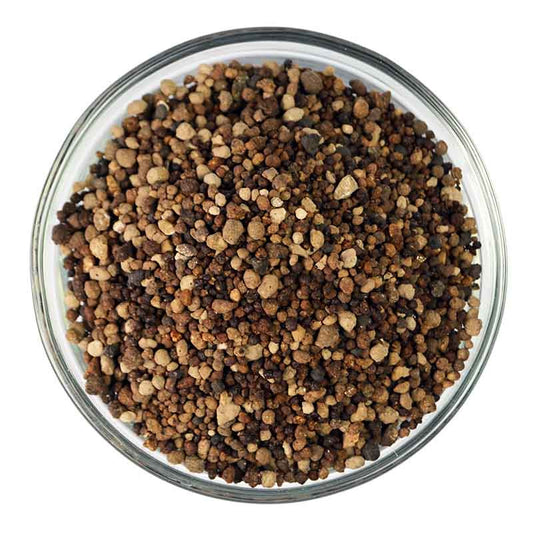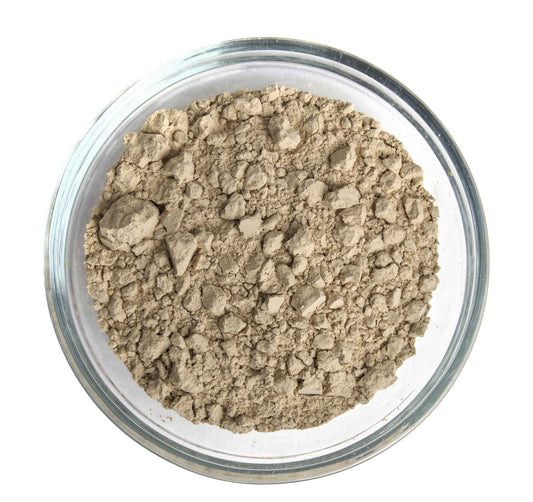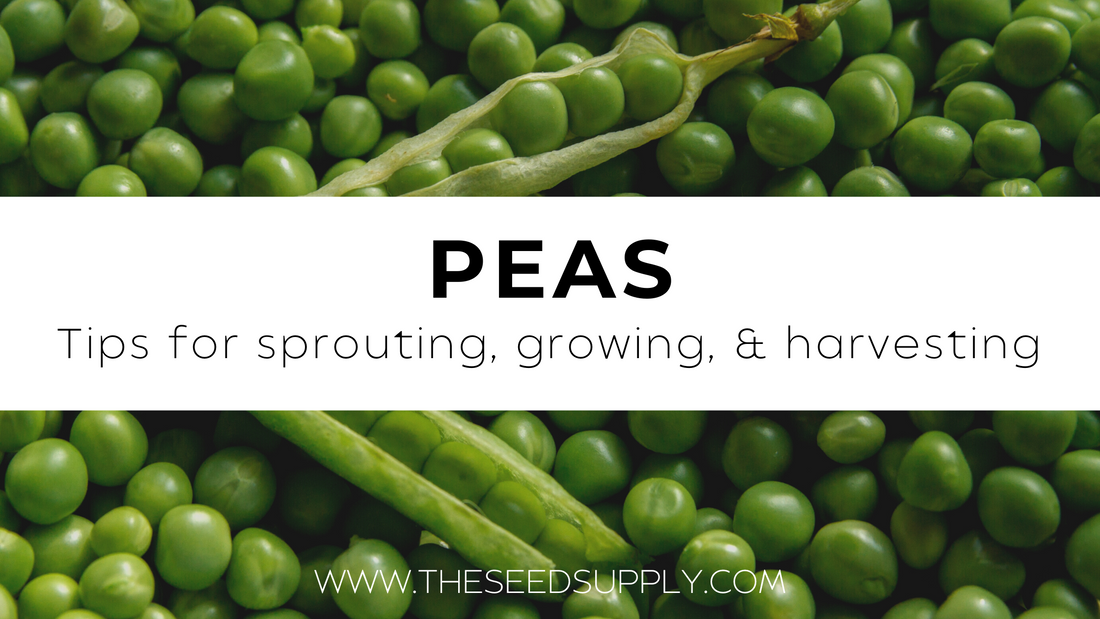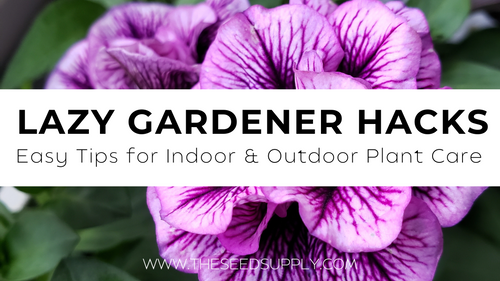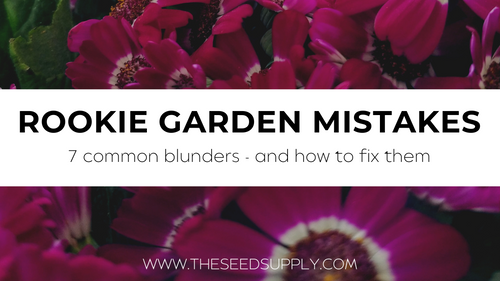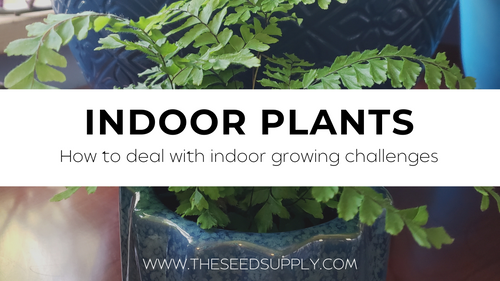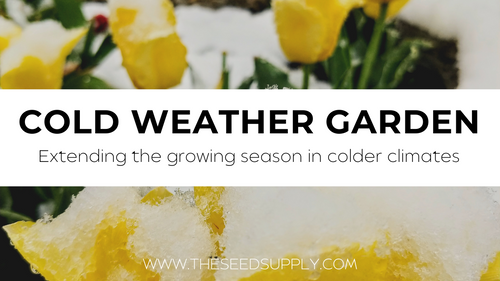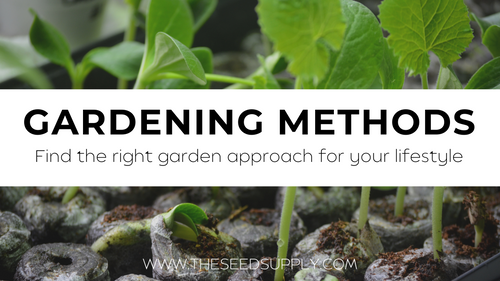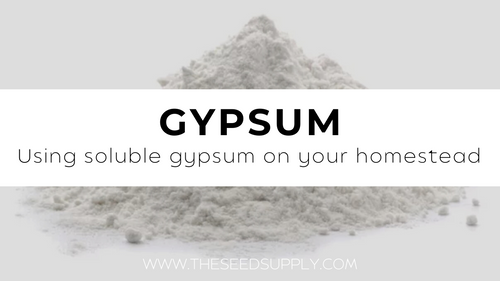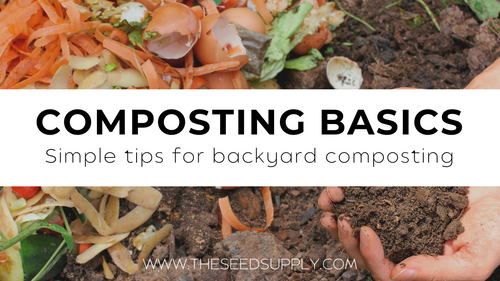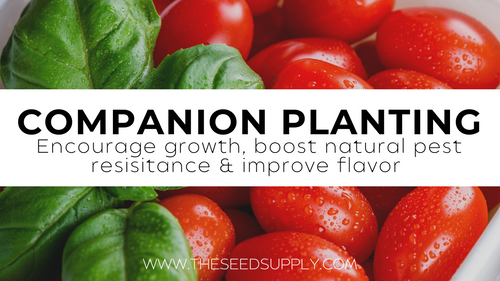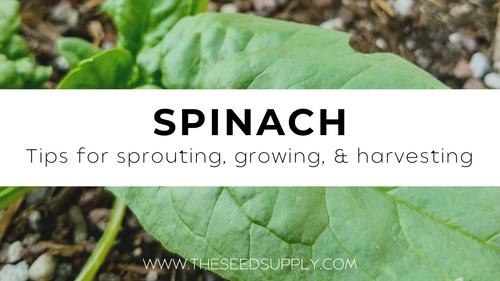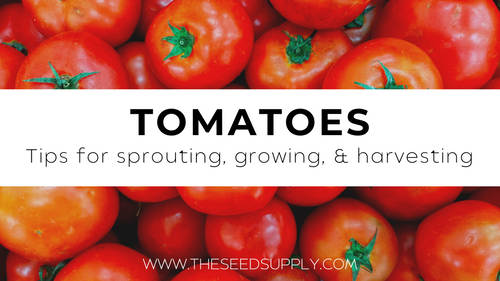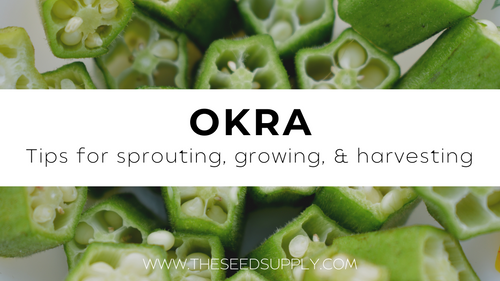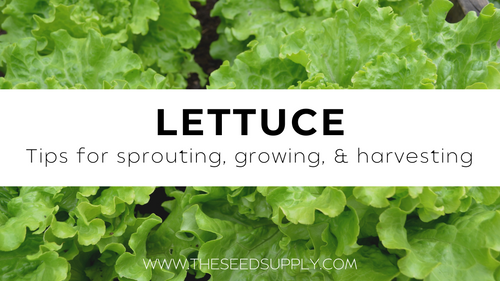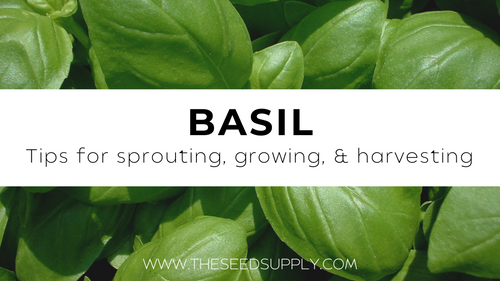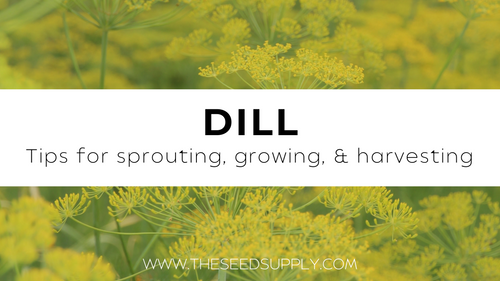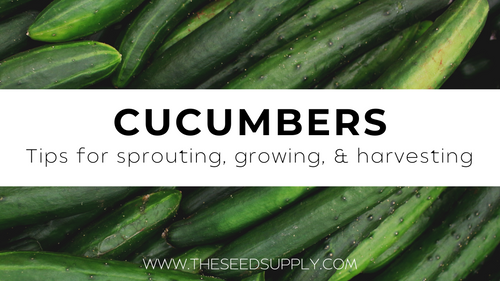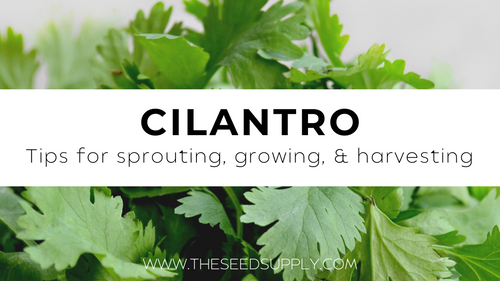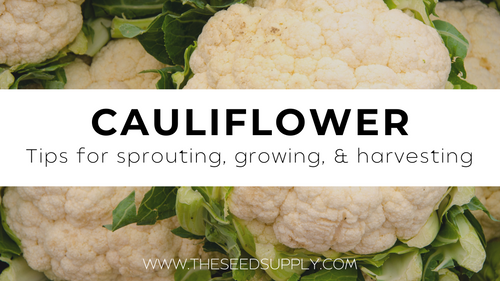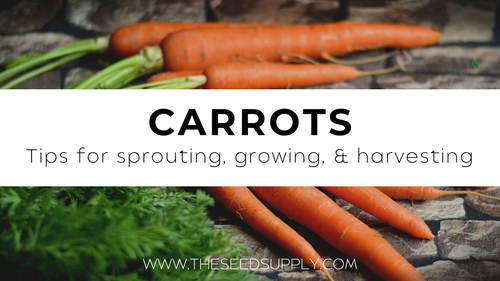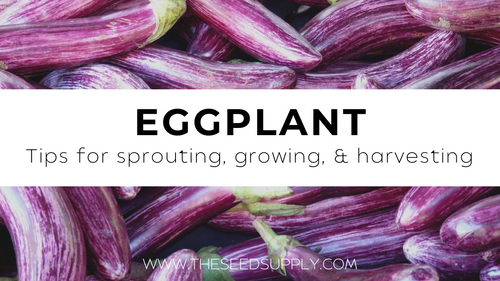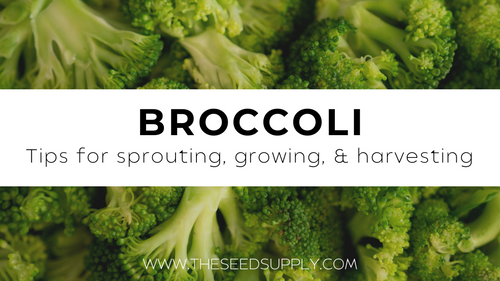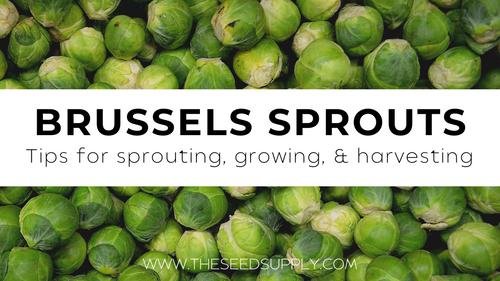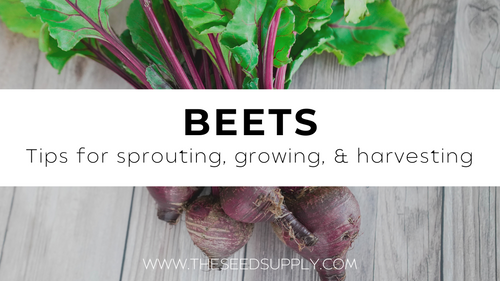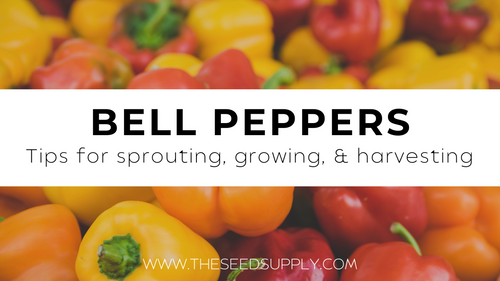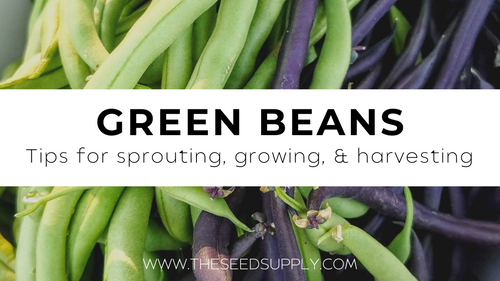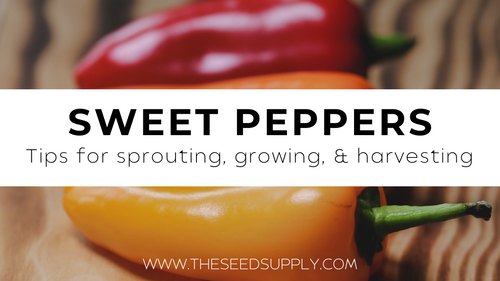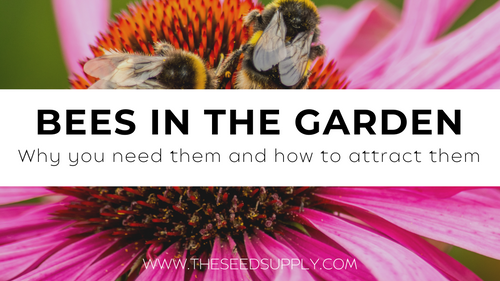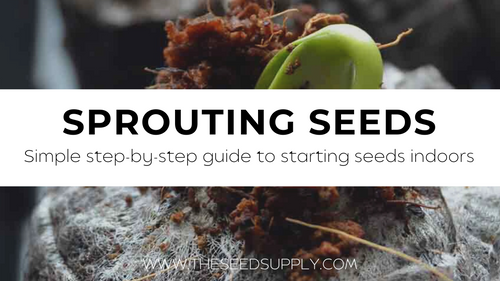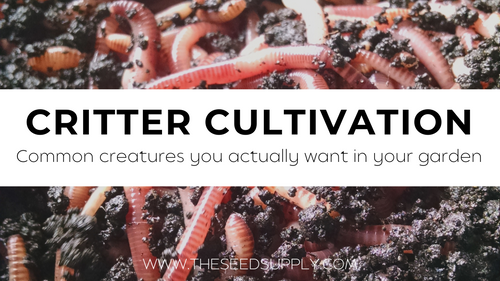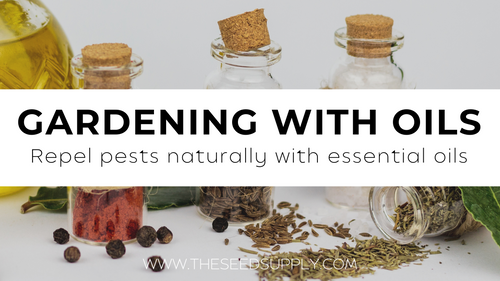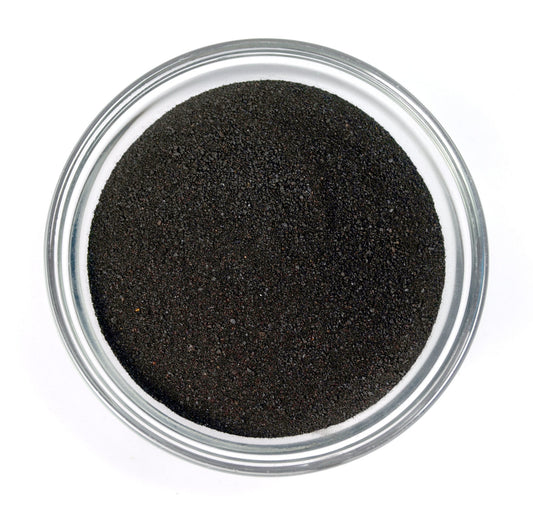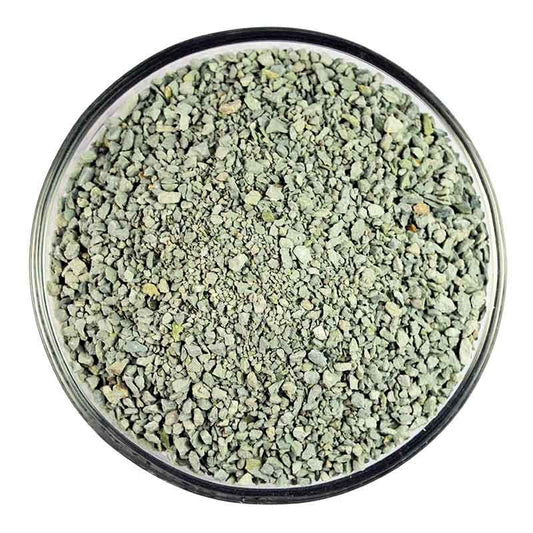Peas are a cool-season crop that have a vibrant green pod with delicious peas inside. They are available in different varieties such as sugar peas (inedible pods), snow peas (edible pods with small flat peas), and snap peas (edible pods with large peas).
How to Grow Peas:
*Seeds do best when sown directly into warm outside soil once all danger of frost has passed.
Pea seeds are nice and large so they’re a good seed for little gardeners to help plant.
Indoors
- Seeds should be started indoors 3 weeks before you plan to put your plants outside in the warm soil.
- Plant the pea seed no deeper than 4x the width of the seed, or about an inch below the surface.
Outdoors
- Plant 1-2 inches deep and 2 inches apart in well-drained soil as soon as it’s ready to be worked (4-6 weeks before last spring frost date). Soil should be 45 degrees F. Plant the seed no deeper than 4x the width of the seed.
- Dwarf varieties should be spaced in rows 18-24 inches apart and vines should be spaced in rows 30-36 inches apart.
- Plant successively every two weeks, until two months before your peak summer heat.
- If any seeds begin to wash out of the soil, gently poke them back in.
Transplanting
- Once there are at least two sets of true leaves your pea plant is ready to be transplanted, though it is recommended to sow directly outside into the garden.
Harvest
- Keep your pea plant picked so they it will stimulate more beans to grow.
- Pick your peas in early morning after dew has dried when pods are swollen and peas have the most flavor.
- Cut or snap pea pods from the plant, making sure to use two hands and not tearing the plant.
- Peas can be kept fresh for about 5 days in paper bags wrapped in plastic, or blanched and frozen immediately after harvesting.
- You can also shell and dry your peas to use in winter soups.
Growing Tips
- Peas don’t need a ton of water so water sparsely and only increase if plants start to wilt.
- Peas are sensitive to nitrogen so it’s not recommended to fertilizer much. If you do choose to fertilizer try a tiny bit of phosphorus or potassium.
- Stagger your plantings every two weeks until 2 months before peak summer heat so you get peas all season long and don’t have all your plants producing at once.
- If plants start becoming too tall, especially vine varieties, be sure to use a trellis or other support structure.
Pests to Watch For:
- Aphids
- Mexican Bean Beetles

